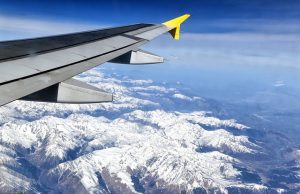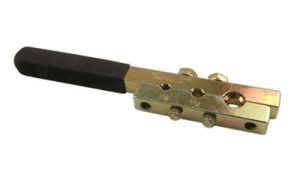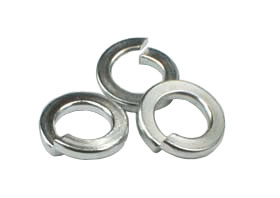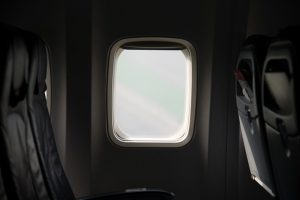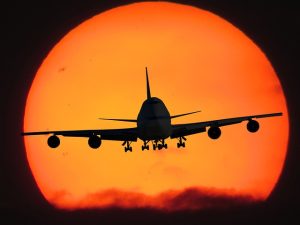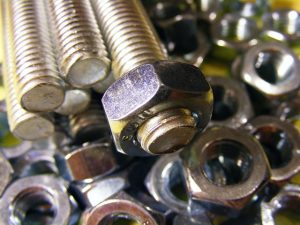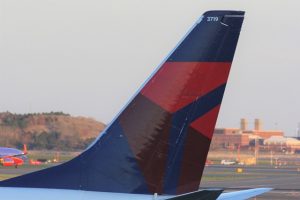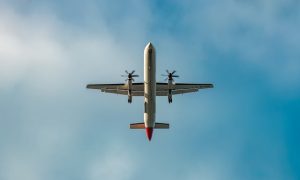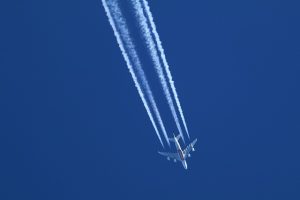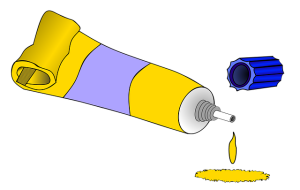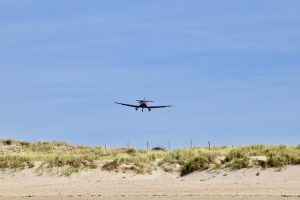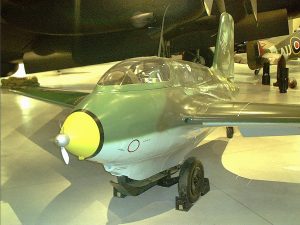
Airplanes today are designed with many different failsafe systems, one of which is a Ram Air Turbine (RAT). RATs are auxiliary power systems. If an airplane loses power, the RAT will kick in. It will provide emergency power to keep the airplane operational until the pilot can land. Even if you’re familiar with the purpose of a RAT, though, you might be surprised to learn the following facts about these auxiliary power systems.
#1) Works Like a Miniature Wind Turbine
RATs work like miniature wind turbines. They look like small propellers, and you can typically find them on the nose or wings of airplanes. During flight, the propeller blades will spin. The propeller is connected to an electrical generator or pump. The spinning action of the propeller blades will generate electricity by engaging the electrical generator or pump to which they are connected.
#2) The Airbus A380 Features the World’s Largest RAT
You can find RATs in different sizes. The world’s largest RAT, however, is found on the Airbus A380. It measures 64 inches in diameter. To put that number into perspective, most RATs only measure about 25 to 35 inches in diameter. Therefore, the A380’s RAT is about twice the size of standard RATs.
#3) Requires Deployment
RATs must be deployed before they will begin to generate electricity. They are hidden within the fuselage by default. You won’t see RATs on the nose, wings or elsewhere — at least not until they’ve been deployed. Some RATs are deployed automatically. If an airplane loses power, its RAT may deploy automatically out of the fuselage. Other RATs require manual deployment. Pilots must manually activate the RAT to deploy it out of the fuselage.
#4) Influenced By Flight Speed
The speed at which an airplane is flying will affect its RAT. RATs generate more electricity at fast speeds. If an airplane is flying fast, the RAT’s propeller blades will quickly spin. And the faster the propeller blades spin, the more electricity the RAT will generate.
#5) Used in Conjunction With Batteries
RATs are typically used in conjunction with batteries to provide emergency power to airplanes. Power outages are a safety hazard for airplanes and their crew and passengers. While RATs are designed to provide airplanes with emergency power, they don’t work instantly. They must be deployed, after which they’ll begin to generate electricity. Therefore, many airplanes use batteries and a RAT. If an airplane loses power, the batteries will provide supplemental emergency power until the RAT steps in.
- SEO Powered Content & PR Distribution. Get Amplified Today.
- Platoblockchain. Web3 Metaverse Intelligence. Knowledge Amplified. Access Here.
- Source: https://monroeaerospace.com/blog/5-facts-about-ram-air-turbines-rats/
- a
- About
- Action
- affect
- After
- AIR
- Airplanes
- and
- automatically
- batteries
- before
- connected
- Default
- deploy
- deployed
- deployment
- designed
- different
- Dont
- during
- electricity
- elsewhere
- emergency
- engaging
- Even
- familiar
- FAST
- faster
- Features
- Find
- flight
- flying
- following
- found
- generate
- generator
- Hidden
- However
- HTTPS
- in
- influenced
- IT
- Keep
- kick
- Land
- largest
- LEARN
- Look
- look like
- Loses
- manual
- manually
- many
- max-width
- measure
- measures
- might
- more
- most
- nose
- number
- ONE
- operational
- Other
- Outages
- perspective
- pilot
- plato
- Plato Data Intelligence
- PlatoData
- power
- provide
- pump
- purpose
- put
- quickly
- RAM
- RAT
- require
- requires
- Safety
- Size
- sizes
- small
- some
- speed
- speeds
- Spin
- standard
- Steps
- surprised
- Systems
- The
- their
- therefore
- to
- today
- typically
- use
- which
- while
- will
- wind
- within
- Work
- works
- world’s
- zephyrnet

